For years now 64 audio has brought a level of sophistication and fidelity that not a whole lot of manufacturers can match. They have provided us with top-of-the-line custom and universal fit IEMs such as the U12t, tia Fourte, and U18 Tzar. Each earphone they’ve made has been unique in its sound signature and application, whether that be for professional use or casual, high-fidelity listening.
The U18 is the focus here, as the recently released U18s are a direct follow-up to that same model. We got to see the first 18 driver IEM with the original U18, and 64 looks to take that design and combine it with a number of new systems. All of this high-end configuration comes at a pretty high-end price though. The new U18s will set you back $2,999, less than the tia Fourte, but considerably more than what the U18t goes for now. How do the U18s stack up, and is it worth investing in?
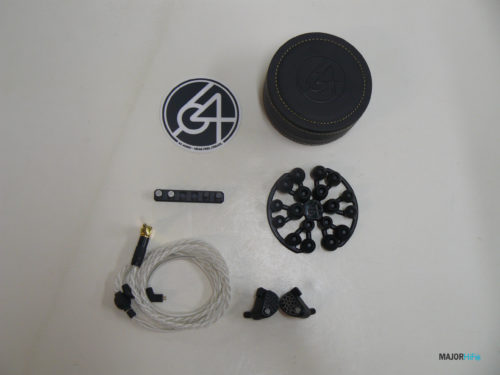
What You Get
The packaging holds a number of accessories worth mentioning in a thorough manner. A lot of 64 Audio products have this similar packaging, supplying a large box with all the contents neatly displayed when you open it. Opening the box for the U18s shows you the first two key items, the earphones themselves and an array of ear tips. The tips are laid out in this circular web that organizes each size with their respective types. You’ll get 3 sets of True FIdelity ear tips, 3 sets of silicone ear tips, and 3 sets of foam. For my review, I switched between the medium foam and the medium silicone.
Underneath the tip-holder is the 8-braid silver cable, along with the top of the U18s’ storage case. The bottom of this storage case lays underneath the foam padding for the IEMs and reveals a row of 2 sets of tiny modules. There are 3 sets, but one of them will already be attached to the U18s itself. These nodes are used for different levels of isolation. The m20 module attenuates -20dB of noise, m15 -15dB, and mX -10dB.
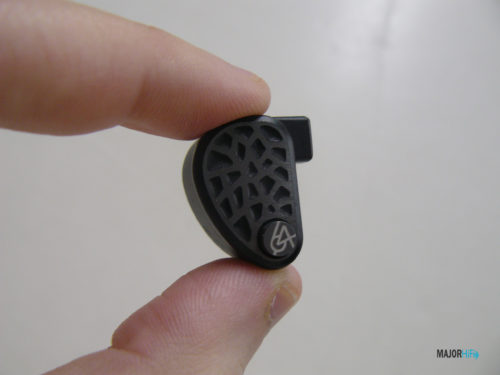
Look and Feel
Many 64 Audio IEMs tend to feature a similar housing shape while sporting all types of unique faceplates and aesthetics. To me, their earphones are supposed to resemble the outline of your ear, with the module acting as the lobe area. The U18s take this design and gives it a wholly unique aesthetic that separated it from most of their selection. It is given this silver faceplate with graves of varying shapes and sizes that give the earphone a modern appearance. This is constructed using CNC milled from Aerospace-grade aluminum, showing a high level of craftsmanship.
While their designs are always favorable, Some selections from 64 Audio haven’t impressed me with their level of comfortability. I’m not exactly big on their thin nozzles, as I feel like they don’t allow the ear tips to properly cover the lip, causing the grille to sometimes rub against your ear. Thankfully, this doesn’t happen on the U18s, as each ear tip properly covers the nozzle, and provides a nice level of security when listening. The earloops take some adjusting, and the earphones definitely want you to find a sweet spot, but once you have it figured out the U18s delivers a consistent level of comfort.
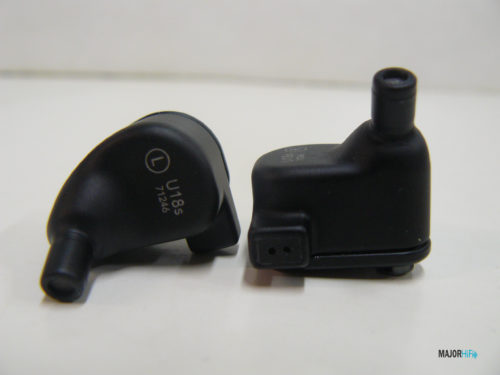
Design
No one packs as much technology into one IEM like 64 Audio. The U18s is loaded with drivers, each serving a specific purpose, and a new crossover network that makes it all work. This is an 18 driver system, only matched by its predecessor in complexity. It uses three different types of major components, Tia, Apex, and LID. Each of these units comes packed with components.
The Tia drivers are balanced armatures with a single bore design that helps eliminate unwanted resonances. Apex drivers help eliminate fatigue by using vents. That’s what these modules are, as you can use them to modify how much pressure goes into your ear canal. Finally, the LID, or Linear Impedance Design, is a specific circuit that makes sure the impedance of the driver units matches that of the intended sound signature.
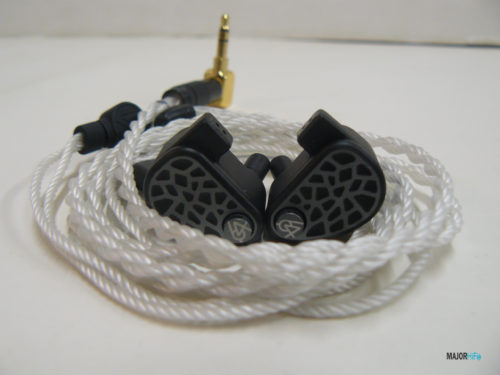
Output
From my experience testing the U18s, I would suggest being extra careful with your volume levels. The U18s features a nominal impedance of 8 Ohms and takes practically nothing to drive from any system, whether that be an amp, phone, or laptop. The LID system and overall sensitivity of this IEM make the output of the signal very strong. I mainly listened through an MQA supported DAC with Tidal, and my volume levels barely reached halfway before I found a comfortable gain.
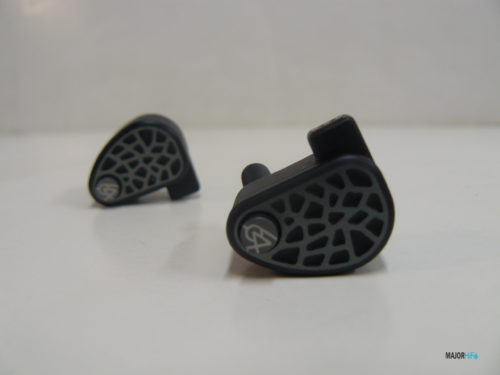
Soundstage
I have heard some incredible soundstages from 64 Audio IEMs before, but not a whole lot of them compare to the U18s. This isn’t the widest or includes the greatest height, but this IEM features some of the deepest imaging and complex layering I’ve heard on an IEM recently. While the left and right channels are wide, they don’t really pass the extreme, but that’s not what the U18s is going for. It’s the headspace here that is going to really make an impression, as the placement of sound elements form this three-dimensional sound field that makes certain tracks feel so immersive.
The imaging presents the sound elements in a magnificent portrait, with exceptional space between layers that make the whole signature appear sophisticated and articulate. The sounds emanate with a good sense of direction, being exactly where they need to be to showcase their full potential in the space they’re given. The layers are nicely separated and evenly balanced on top of and behind one another to create a more involved stage. It makes everything sound big but controlled with an inward and outward resonance that always feels natural
Low End
Bass response is in full form here, which some deep resonance and buttery smooth textures. The impact here is undeniable, as the lows provide intense rumble that is given enough space to not feel bloated. It finds a way to not be the focus of the signature, while still lifting the frequency response considerably for a stronger tonality. There’s a lot of richness to this bass timbre as well, with details to go around. Tracks like “Nylon Mood” by Function showcase this richness with its continuous synthetic kicks that bury themselves into your throat and lets the other bass and mid-bass elements in this selection provide better clarity.
Mids
While the bass puts a lot of heft into the sound signature, the mids might sound a bit weaker in comparison, However, that isn’t actually the case, as the midrange still shows some exceptional clarity and detailed textures. It might not sound as full as the lows, but I found the mids to still have some crisp responses, especially from vocals that appear very lifelike, and bring some great energy to the sound signature. Performances like that from Beck and Paul McCartney on the track “Find My Way” are well defined as their voices blend into each other, but remain distinct on the U18s due to their excellent sense of definition.
Highs
The U18s contain my favorite types of highs. Smooth, but not rolled-off, and contains enough detail and character to make the sound signature feel properly realized. The treble shows a pleasing level of air which really makes the timbre of the high feel that much more substantial than they really are. It also finds a way to provide a crisp tonality at times, with some sizzling textures in sweeper effects and cymbal crashes. No brightness or sibilance is present, and the treble still finds a way to be expressive without being harsh.
Summary
The U18s is a home run for 64 Audio, delivering a satisfying sound signature with great depth and details. This is one of their most consistently enjoyable models in their library, and one of the most unique in design. It wears its high-end nature on its sleeve for better and worse. The price might take some convincing but for an endgame IEM it is a more than worthy investment.
Pros and Cons
Pros: Deep imaging, Soundstage, Rich bass, Colorful highs, Build, Design
Cons: Price

The 64 Audio U18s are available at Audio 46.
Discuss the 64 Audio U18s on our forums here.
MAJORHIFI may receive commissions from retail offers.















